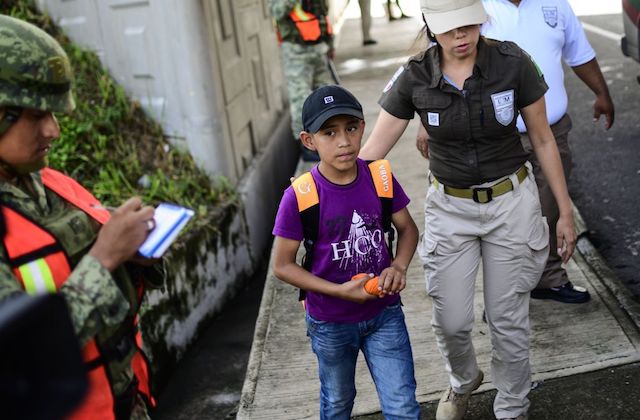A new report from The Guardian examines the plight of immigrants who come to America and speak primarily indigenous languages. Communities all over the United States suffer from a lack of translators and inadequate infrastructure in the schools, and it’s very common for young people—many of whom came from Central America and traveled as unaccompanied minors—to slip through major cracks in the educational system.
In fact, Colleen Connolly writes that it isn’t surprising when students in this unique predicament land in special education classes, even if they do not have a learning disability. Julie Sugarman, a senior policy analyst at Washington D.C.-based think tank Migration Policy Institute, told The Guardian this is not a new issue. “It can be that this is the best option, the best thing we think we can do for these children,” she said. “But of course it’s not legal, it’s not a good idea.”
Norma Gaytan, a special education teacher in New York City, told the news outlet it can be complicated to place these students in the most appropriate classrooms—and not just because of language barriers. Many students also faced interrupted educations in their home countries and have catching up to do across the board. “They’re the kids who do not speak Spanish, don’t know how to write,” she said. “And the same thing in English. So it’s like pretty much starting with the books that we read as kids.”
Connolly writes:
rnt
New York City’s melting pot may actually make the challenge of teaching these students more difficult. There are likely to be more languages spoken in schools, with more variants within those languages. Smaller cities and rural areas in the U.S. are also home to migrants who speak indigenous languages, but they are more likely to come from the same area and speak the same language and variant.
One solution, according to Tatyana Kleyn, a professor and director of the bilingual education program at the City University of New York, is for educators to acknowledge multilingualism. “You don’t have to learn the whole language or everything,” she said, “but you can ask them how to say this, how to say that.”
Read the full story here.
